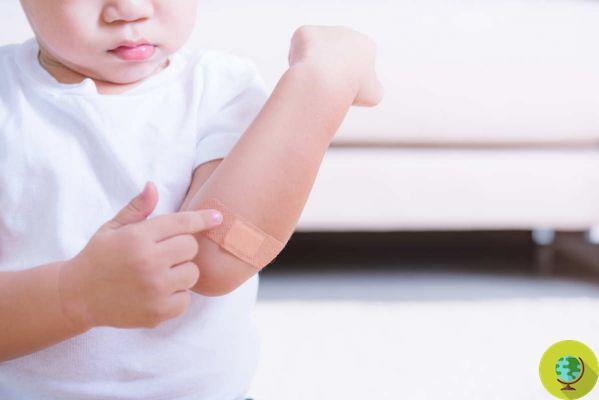
The treatment of small cuts and wounds should not be underestimated: few precautions will allow us a full healing and without scars
Don't store avocado like this: it's dangerousLe small wounds, cuts or abrasions, are part of our daily life - a fall on the asphalt ground, a cut on the finger or a sheet of paper, a small accident while cooking or taking care of the garden. Often we don't give too much weight to these small skin lesions, which may cause some blood to leak but which heal completely within a few days.
But what can we do in case of cuts or abrasions and how can we best take care of these wounds? Does the old urban legend according to which wounds must be left in the open air to heal faster have a real basis?
In reality, not using plasters to cover wounds and cuts is wrong. The air favors the formation of the crust which, even if you would not think, slows down the complete healing process and indeed risks leaving unsightly scars on our skin. The plaster, on the other hand, keeps the wound environment moist, accelerating the healing process without leaving traces for the future; in addition, the plaster protects the open wound from the aggression of germs and dirt.
In fact, there is no need to fear that the patch creates the ideal environment for the proliferation of bacteria and germs: modern patches are sterile and perfectly safe; the perfect adherence to the wound, given by the adhesive, prevents any microbes from coming into contact with it. It is worth remembering, however, that the antibacterial efficacy of the patch is valid only if the wound has been thoroughly cleaned before being medicated.
Also pay attention to itching, traditionally considered a good sign in the direction of healing ("If it itches, then it means that it is healing"). If the itching is moderate, the wound is actually healing; but if, on the other hand, the pain is acute and persistent, and perhaps is accompanied by redness of the skin around the wound, it could be a symptom of wound infection: in this case it is better to consult your doctor.
But how long do we have to keep the plaster on the wound? The answer is not unambiguous, since the healing time depends on the extent and depth of the wound itself, but we can say one thing: as long as blood or pus comes out of the wound, it is better to keep it covered with a plaster. Only when we no longer see any trace of liquid on the sterile gauze of the patch will we be able to get rid of the dressing.
Follow your Telegram | Instagram | Facebook | TikTok | Youtube
We also recommend:
- What happens to the body when you get hurt
- Sugar disinfects, heals wounds and promotes healing. The study that amazed science
- Wounds and scars: natural remedies to heal and reduce them


























